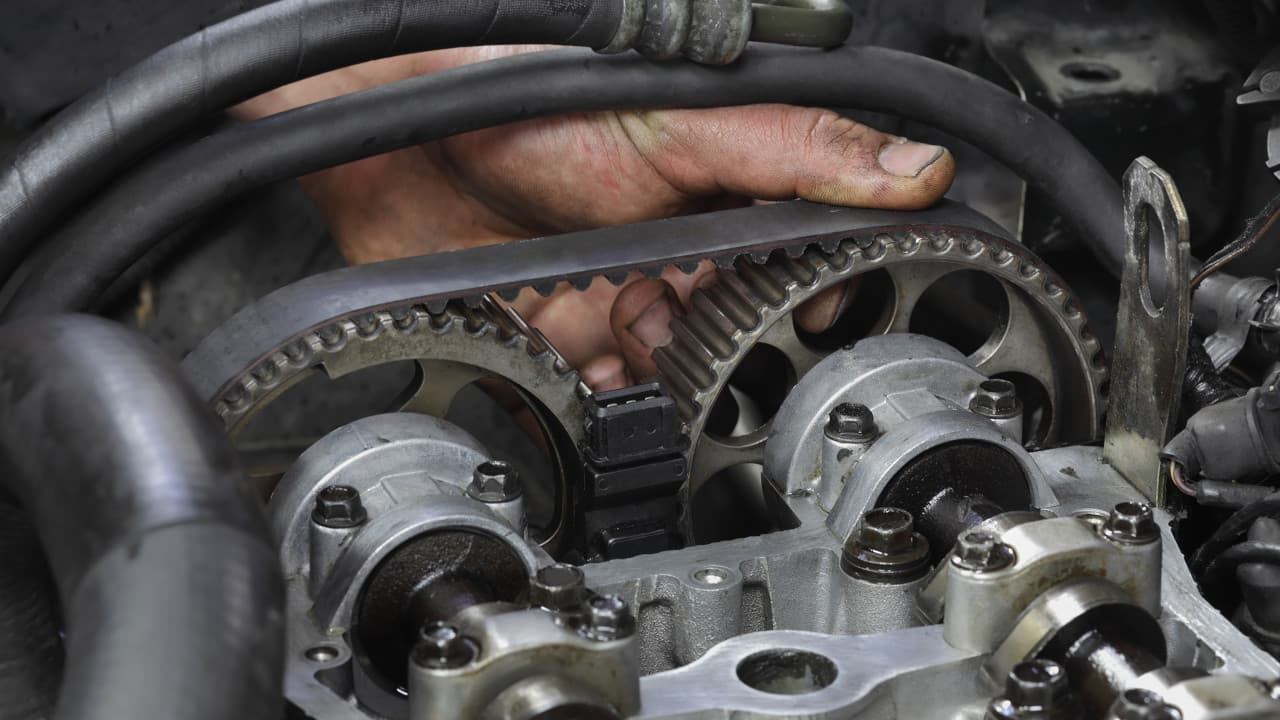- Arabic
- French
- Russian
- Spanish
- Portuguese
- Turkish
- Armenian
- English
- Albanian
- Amharic
- Azerbaijani
- Basque
- Belarusian
- Bengali
- Bosnian
- Bulgarian
- Catalan
- Cebuano
- Corsican
- Croatian
- Czech
- Danish
- Dutch
- Afrikaans
- Esperanto
- Estonian
- Finnish
- Frisian
- Galician
- Georgian
- German
- Greek
- Gujarati
- Haitian Creole
- hausa
- hawaiian
- Hebrew
- Hindi
- Miao
- Hungarian
- Icelandic
- igbo
- Indonesian
- irish
- Italian
- Japanese
- Javanese
- Kannada
- kazakh
- Khmer
- Rwandese
- Korean
- Kurdish
- Kyrgyz
- Lao
- Latin
- Latvian
- Lithuanian
- Luxembourgish
- Macedonian
- Malgashi
- Malay
- Malayalam
- Maltese
- Maori
- Marathi
- Mongolian
- Myanmar
- Nepali
- Norwegian
- Norwegian
- Occitan
- Pashto
- Persian
- Polish
- Punjabi
- Romanian
- Samoan
- Scottish Gaelic
- Serbian
- Sesotho
- Shona
- Sindhi
- Sinhala
- Slovak
- Slovenian
- Somali
- Sundanese
- Swahili
- Swedish
- Tagalog
- Tajik
- Tamil
- Tatar
- Telugu
- Thai
- Turkmen
- Ukrainian
- Urdu
- Uighur
- Uzbek
- Vietnamese
- Welsh
- Bantu
- Yiddish
- Yoruba
- Zulu
Xul . 26, 2024 23:54 Back to list
Choosing the Right Fan Belt Size and Type for Your Vehicle's Optimal Performance and Longevity
Understanding the Importance of the Fan Belt in Automotive Systems
The fan belt, commonly referred to as a serpentine belt or accessory drive belt, plays a crucial role in the efficient functioning of your vehicle's engine. This flexible rubber belt is responsible for driving multiple peripheral devices, such as the alternator, water pump, power steering pump, and air conditioning compressor. A specific type of fan belt, designated as 6PK, refers to a design specification where the belt has six ribs. This detail is essential as it indicates the belt's size, fit, and compatibility with various automotive systems.
The Functionality of the Fan Belt
The primary function of the fan belt is to transfer power from the engine’s crankshaft to the accessories mentioned earlier. By doing so, it ensures that these components operate effectively, contributing to the overall performance of the vehicle. For instance, the alternator requires constant rotation to generate electrical power, while the water pump needs to circulate coolant to maintain engine temperature. A malfunctioning fan belt can lead to a cascade of issues, resulting in poor performance, overheating, and, eventually, engine failure.
The Significance of the 6PK Specification
The designation 6PK signifies a belt with six ribs, which directly correlates with its towing capacity and efficiency in transferring power. The ribbed design enhances the grip on the pulleys, minimizing slippage and increasing the effectiveness of the belt in managing power distribution. When selecting a fan belt, it's crucial to consider the 6PK dimensions, as improper sizing can lead to premature wear and tear or failure to function altogether.
fan belt 6pk

Moreover, the increased number of ribs allows for higher torque transmission, which is often required in modern vehicles with numerous accessories. This translates to better performance, improving the overall efficiency of the vehicle, especially in demanding driving conditions.
Signs of Wear and Maintenance
Like any component in an automotive system, the fan belt is susceptible to wear and tear. Regular maintenance is essential for ensuring its longevity and functionality. Drivers should be vigilant for certain warning signs, such as squeaking or chirping noises, fraying edges, or visible cracks and glazing on the belt surface. Addressing these issues promptly can prevent more severe problems that may arise from a failed belt.
Routine inspections, typically carried out during oil changes or scheduled maintenance, should include checking the fan belt's condition. If any signs of damage are evident, replacing the belt promptly is critical. Most modern vehicles recommend changing the serpentine belt every 50,000 to 100,000 miles, but this interval can vary based on driving conditions and the vehicle's make and model.
Conclusion
The fan belt, particularly the 6PK variant, is an integral part of your vehicle's operation, linking the engine to essential components that keep the vehicle running smoothly. Understanding its function, maintaining it regularly, and recognizing signs of wear can save vehicle owners from costly repairs and ensure reliable performance. Investing time and resources into the upkeep of the fan belt will ultimately lead to a more efficient engine, enhanced vehicle performance, and a safer driving experience. As technology advances, staying informed about the specifications and maintenance needs of automotive parts like the fan belt becomes increasingly important for every vehicle owner.
-
Korean Auto Parts Timing Belt 24312-37500 For Hyundai/Kia
NewsMar.07,2025
-
7PK2300 90916-T2024 RIBBED BELT POLY V BELT PK BELT
NewsMar.07,2025
-
Chinese Auto Belt Factory 310-2M-22 For BMW/Mercedes-Benz
NewsMar.07,2025
-
Chinese Auto Belt Factory 310-2M-22 For BMW/Mercedes-Benz
NewsMar.07,2025
-
90916-02660 PK Belt 6PK1680 For Toyota
NewsMar.07,2025
-
drive belt serpentine belt
NewsMar.07,2025

